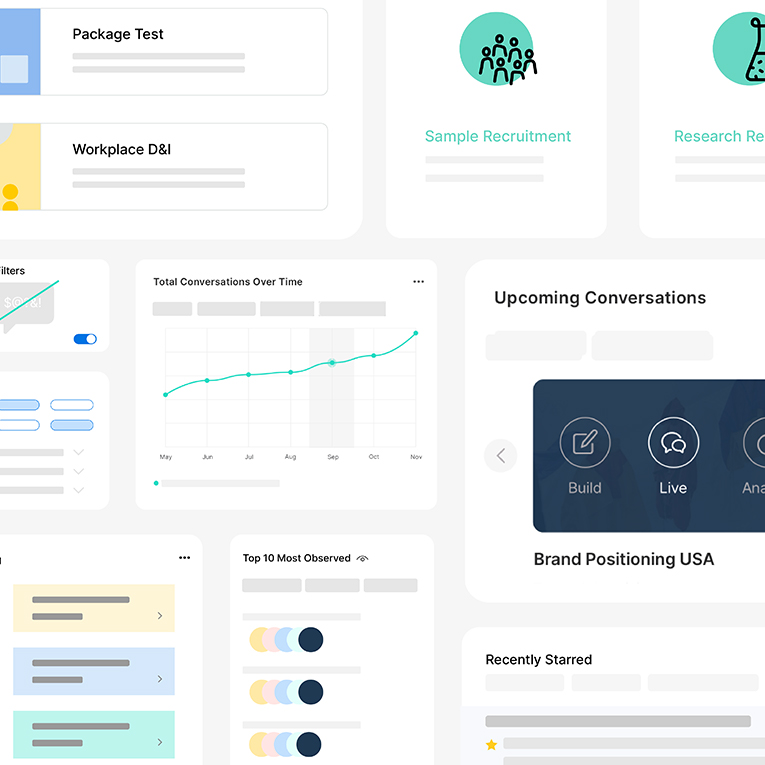.webp)
Trends
How to Calculate Your Sample Size Using a Sample Size Formula

.png)

.png)
Read More

.png)
.png)
.png)
Maria Noesi
November 25, 2021
Remesher
.webp)
Trends
How to Calculate Your Sample Size Using a Sample Size Formula

.png)

.png)
Read More

.png)
.png)
.png)
November 25, 2021
Remesher
.webp)
Trends
How to Calculate Your Sample Size Using a Sample Size Formula

.png)

.png)
Read More

.png)
.png)
.png)
November 25, 2021
Remesher
.webp)
Trends
How to Calculate Your Sample Size Using a Sample Size Formula

.png)

.png)
Read More

.png)
.png)
.png)
November 25, 2021
Remesher
.webp)
Trends
How to Calculate Your Sample Size Using a Sample Size Formula

.png)

.png)
Read More

.png)
.png)
.png)
November 25, 2021
Remesher
.webp)
Trends
How to Calculate Your Sample Size Using a Sample Size Formula

.png)

.png)
Read More

.png)
.png)
.png)
November 25, 2021
Remesher
5 Incremental Innovation Strategies To Inspire Your Product
Incremental innovation involves a series of small improvements made to existing products or services. Here are 5 such strategies to get you ahead.

What’s the first thing that comes to mind when you think about the word “innovation?” Most of us probably drift towards cutting edge technology, like CRISPR’s increasing gene editing capabilities, or Elon Musk’s plans to colonize Mars.
Yet, while such radical or disruptive innovation definitely captures our imagination, slower incremental innovation is actually more common, and often much more effective. According to Bain and Co, $5 trillion of global GDP in the past decade can be attributed to incremental improvements.
What is Incremental Innovation?
Incremental innovation is a series of small improvements made to a company's existing products or services. These developments help improve efficiency, productivity and competitive differentiation. Incremental innovation is parallel to agile innovation, which includes part of this process.

Incremental Innovation Vs Radical Innovation
Radical innovation often pops up alongside incremental innovation in search results and corporate conversation. But what makes them different?

Radical innovation often involves achieving major breakthroughs in the form of new technology, business models, or processes. Such innovations are often disruptive in nature, resulting in a new category of product, customer market, and innovation management style.
One example of this is Dyson’s development of its bladeless Air Multiplier fans.

Source: Dyson
By designing a product that looked and performed completely differently from its predecessors, Dyson brought disruptive innovation to a household product that had not changed in decades.
On the other hand, incremental innovation is defined by a series of small improvements to existing products or services. Rather than creating a completely new concept or product category, this form of innovation often focuses on achieving marginal improvements in specific aspects of an existing offering.
One great example of an organization that follows this principle is Gillette

Source: Gillette
Rather than attempt to completely redesign the razor, Gillette consistently makes progressive improvements to its core offering. Examples include heated razors or a razor developed for caregivers of those who can’t shave themselves.

Pros of Using Incremental Innovation
Naturally, any form of innovation you choose to implement at your brand will bring their own sets of benefits and costs. A strategy of radical innovation, when executed successfully, can bring massive benefits to the company, such as:
- Immediately becoming a market leader in an uncontested field
- Avoiding competition in more mature and saturated markets
- Send product to market faster
Yet, the downside of radical innovation is that it requires a larger investment of time and resources than other types of innovation. In fact, Harvard Business Review found that CPG companies that dedicated huge amounts of R&D funding towards achieving disruptive (or radical) innovation tended to see a limited return for their investment.
On the other hand, pursuing a strategy of incremental innovation allows companies to experiment with less risk and lower cost.
Some benefits of incremental innovation include:
- The usability of scientifically novel inventions is greatly enhanced, which expands the number of potential adopters
- The knowledge gained often provides the basis for the eventual development of novel innovations
Introducing progressive changes also helps companies to isolate which features are more crucial, and better received by customers. In the same research, HBR found that companies with progressive innovation strategies found more success, even with smaller budgets.

Examples of Incremental Innovation Strategies
We’ve talked about how incremental innovation strategies can help minimize risk while maximizing results. Aligning these initiatives with an agile methodology can further enhance the effectiveness of these strategies. Here are 5 key examples of strategies that will shake the competition off your product trail.

Build an Understanding of Customer Needs
Before embarking on this entire journey to improve the product, it’s naturally important to first determine which customer need you would like to focus on. This requires engaging with the customer to understand their user experience feedback and pain points with the product, which can be done through various ways such as:
- Qualitative interviews
- Physical or online focus groups
- Surveys
- Idea management software
Such a process can also contribute to ongoing efforts to develop the customer relationship, and even enhance the customer experience.

Align Your Team With Innovative Methodologies
Next, we believe that as many members of the team as possible should be involved in the innovation process. This helps to improve the speed of communication and decision making, and ultimately allows the team to pivot rapidly.
For example, in the process of conducting research, new information and insights often arise. Including different domain experts within your innovation team allows for quick identification of new insights that are worth further investigation, which can adjust the research approach accordingly. Pivoting the approach in the moment also helps to minimize revisiting the research process afterward.

Build a Riskiest Assumption Test (RAT)
Testing new features and concepts with users as soon as possible helps to quickly validate crucial assumptions, and focus on features that will genuinely benefit them.
For many companies, this involves creating a minimum viable product (MVP) - a basic version of the new product. The MVP typically contains enough features for early adopters to use and test.
To be able to test as quickly as possible, we recommend to instead conduct Riskiest Assumption Tests. These should happen even before constructing a MVP.
The key difference is that a RAT involves building just enough of a concept to test the biggest unknown at the time, rather than creating a complete prototype. This helps to identify and invalidate key misconceptions as quickly as possible and determine whether customers are fundamentally interested in the concept before building anything.

Test, Pivot. Test, Pivot.
It’s important to not only test new concepts early, but to pivot quickly based on generated insights.
In the process of concept testing, it is common to uncover new, unexpected customer insights. Some of these insights may even invalidate some of your initial hypotheses. Being able to quickly pivot based on these insights helps to ensure that any new concept developments truly reflect the needs of your customers.

Source: Sealights.io
At the same time, this also minimizes the amount of resources wasted on initiatives that ultimately prove unpopular with customers. Building an ongoing cycle of testing and pivoting helps ensure that only the best ideas are retained and continuously improved upon.

Communicate Constantly With Customers
Finally, it is crucial to maintain regular contact throughout the other stages of the product innovation cycle. This helps you to gain a better understanding of:
- Current customer experiences and needs with the existing technologies or product
- Customer needs and responses towards new concepts and features
As customer needs constantly evolve, interfacing regularly with them allows you to remain sensitive to their changing preferences, and pivot new concepts quickly based on their feedback.

Summing up Incremental Innovation Strategies
Incremental innovation is a highly effective way to create progressive improvements for your existing products and services. Utilizing a few key strategies will help you maximize results and minimize risks, and ultimately stay ahead of the competition.
Looking to ramp up your product innovation strategy? Watch our on-demand webinar featuring NYU Stern professor Ari Ginsberg on innovation success!
{{cta('ca3f1664-1276-41b8-86bf-9a28442f8878','justifycenter')}}
Stay up-to date.
Stay ahead of the curve. Get it all. Or get what suits you. Our 101 material is great if you’re used to working with an agency. Are you a seasoned pro? Sign up to receive just our advanced materials.






